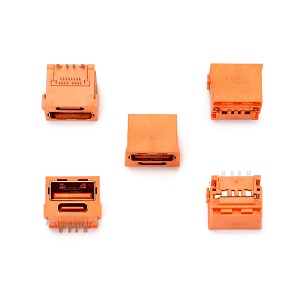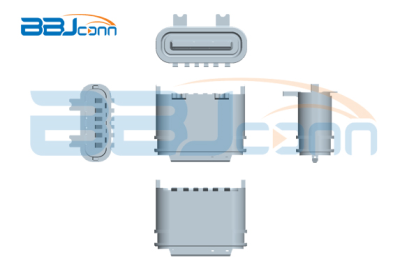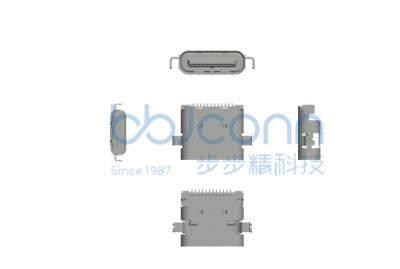Type-c is designed to comply with the specifications of the USB connector system, which is becoming more and more popular in smartphones and mobile devices, and can transmit power and data. Type-c is a relatively new standard. The current version is USB4, which uses a dual-link channel , transmission bandwidth up to 40Gbps, power up to 240W. These features can make type-c design a true universal connection standard for modern equipment.
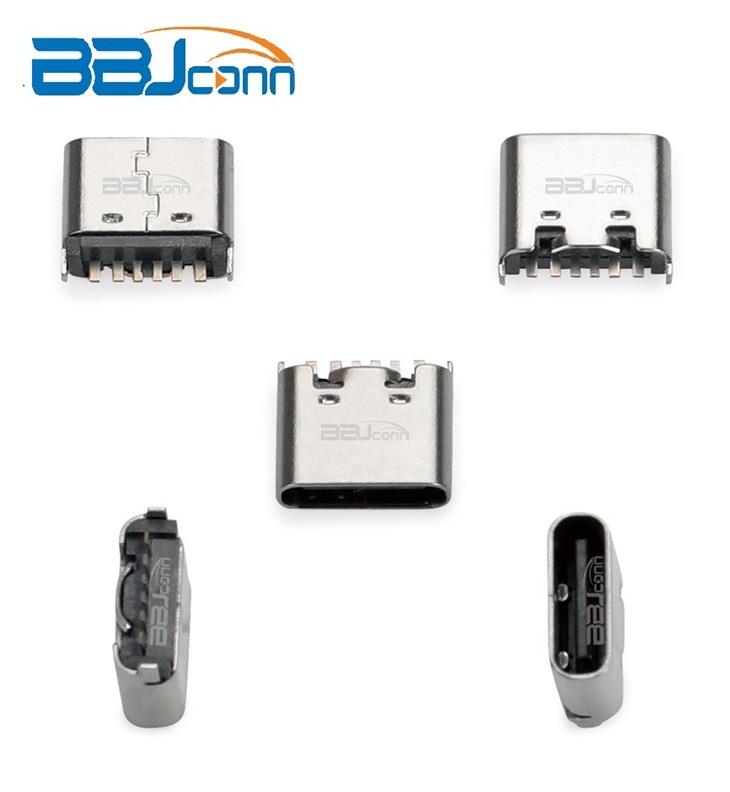
The type-c design is suitable for a variety of applications and designs, but special power delivery products, such as DC power connectors, still have their uses. The most important thing is that the power delivery of the USB Type-C connector is limited to 100 W, so For designs requiring more than 100 W, it is not at all useful. While standardized packaging is beneficial in many cases, in some cases another size or packaging type may be a more appropriate choice. In other words, when When a more customized connector is required, USB Type-C may be limited by its standardized size and limitations.
Devices using the type-c design standard can negotiate and select an appropriate power source through the interface. These power negotiation is accomplished through a protocol called USB Power Delivery, which is a single-wire communication on the CC line above. Where the receiver sends the source request, and adjust the VBUS voltage as needed. First, the 9 V bus is required. When the source has stabilized the bus voltage at 9 V, it sends a "power-good" message to the receiver. Then, the receiver requests the 5V bus, the source Provide it and send the "Power Ready" message again. It is worth noting that "USB Power Delivery" involves more than just power supply related negotiations, other negotiations, such as standby mode related negotiations, use the power supply on the standard CC line agreement to complete.
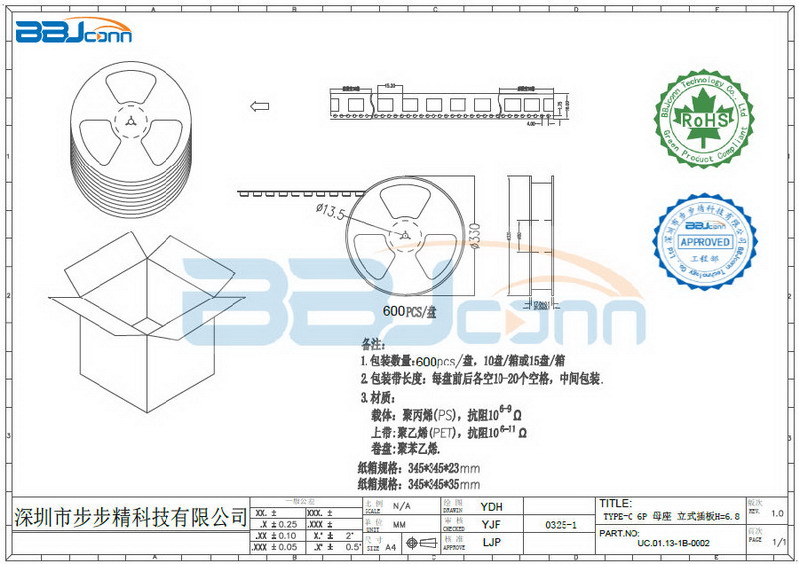
Type-c is designed to provide ultra-fast data transfer speeds and high levels of power. These functions may require the use of special cables that are electronically marked by using chips inside. Also, some active cables use re-driver chips to To strengthen the signal and compensate for the losses caused by the cable. In this case, we can apply 5 V and 1 W power to the circuit inside the cable to supply power to the VCONN pin. The active cable pulls down the CC2 pin using the Ra resistor. The value of Ra Different from the value of Rd, so the DFP CC1 still determines the cable direction by checking the voltage on the DFP's pins CC1 and CC2. After the cable direction is determined, the channel configuration pin corresponding to the "active cable IC" will be connected to a 5 V, 1 W power supply, powers the circuit inside the cable.



